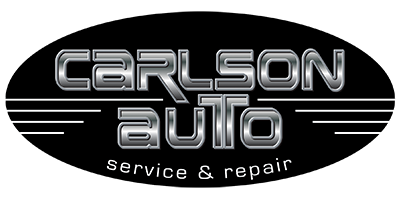
Each belt and each hose are responsible for the function of everything from your air conditioner to your alternator. That is why it is important for you to know when they’re faulty. Though they perform many important tasks, such as controlling power steering and turning the water pump, your belts and hoses are vulnerable. There are a few signs you may need replacements. If you notice anything out of the norm, make sure to bring the vehicle in and we can inspect it for you. Have the issue looked at immediately, because you can reduce the chance of a large repair bill.
Hose Issues to notice
If your hoses have hardened or softened over the years, you most likely need new ones. Other common issues include leaking, cracking, and blistering. These problems are difficult to identify on your own. Bring the vehicle in and we inspect the vehicle and parts. If there is an issue, we can advise you on the options you have to have it resolved.
Issues with each Belt
Over time, your vehicle’s belts may develop cracks, splits, or other damages. The belts may also appear greasy and make shrieking noises as you accelerate. If you notice deterioration on a belt, make sure to schedule an appointment. We can inspect the various belts and recommend when a replacement might be needed.
Replacement schedule
Typically, you should replace your V-belt every three to four years, or every 40,000 to 50,000 miles. Your timing belt should be replaced every 60,000 to 90,000 miles. Hose replacements may vary when it comes to mileage, but we can check them during routine oil changes. If you hear odd noises or sounds coming from under the hood, schedule an appointment. By having the issue fixed at the first sign, you can help prevent further issues from occurring in the long run. Going to regular maintenance inspections are also needed for an efficiently working vehicle. If you do not know the correct schedule, we can advise you on one.
